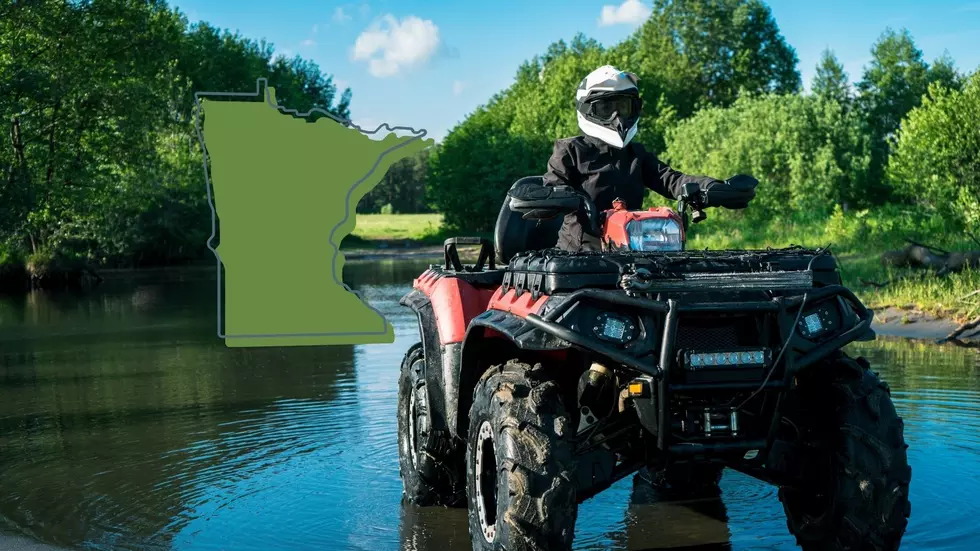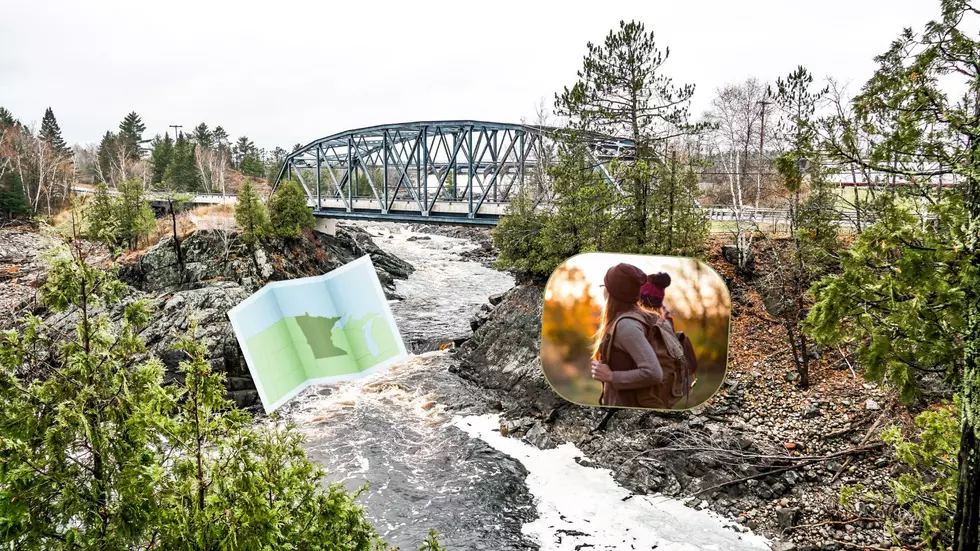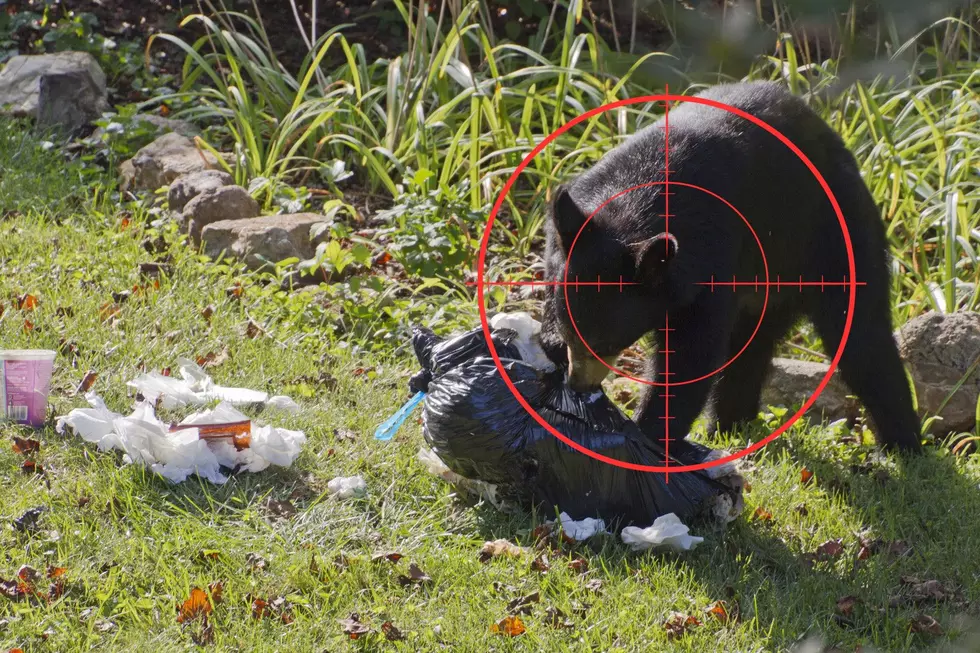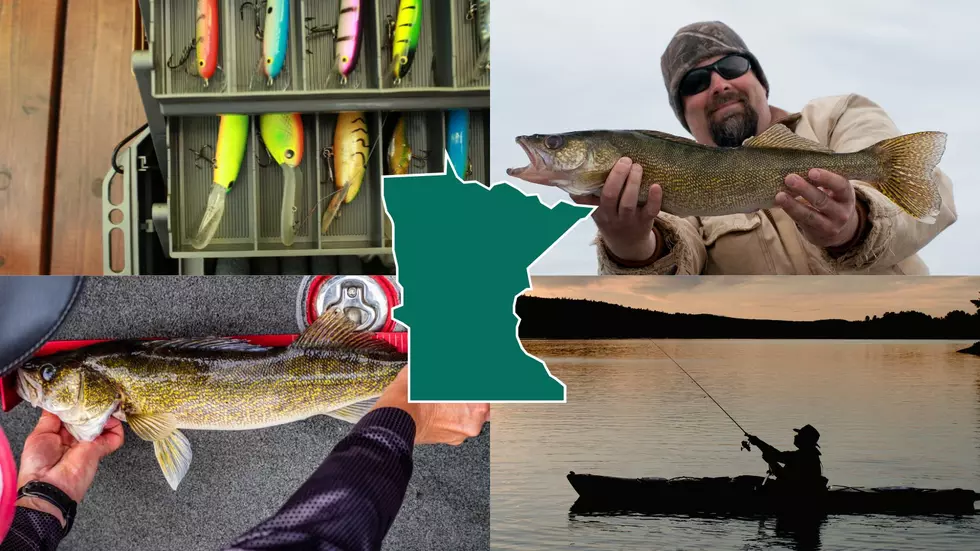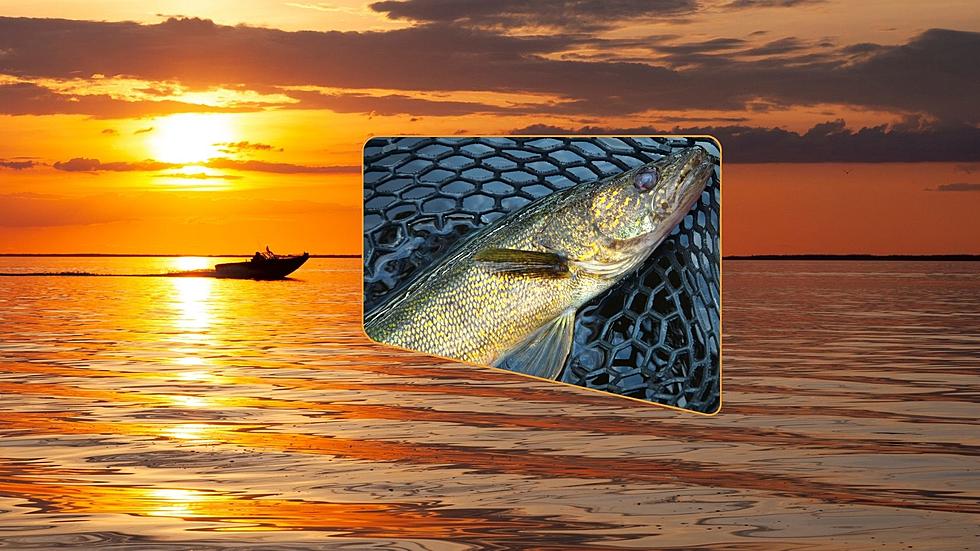
Walleye Limits Changed On 2 Popular Lakes In Minnesota
The Minnesota Department of Natural Resources announced walleye restrictions this week that will impact anglers at two of the most popular lakes in the state.
The restrictions include a reduction in bag limits at one lake, while the other will only be catch-and-release until well into summer.
The 2024 restrictions are a reflection of the popularity of the lakes and the success that anglers have recently enjoyed catching walleye.
Mille Lacs Lake Open Water Fishing Regulations
One popular lake that will have restrictions in place is Mille Lacs. The Minnesota DNR says that Mille Lacs walleye fishing will be catch-and-release only during the spring and early summer of this year, with the potential to harvest a walleye 21-23 inches in length or greater than 28 inches starting on Friday, August 16.
Brad Parsons, DNR Fisheries Section Manager, says that anglers even though there were poor ice conditions this past fall and winter, anglers still managed to catch a lot of walleye because those fish weren't finding enough to eat. He added:
“We need to adjust the open water season regulations to account for the active bite and for the likelihood of higher water temperatures this summer. Even with catch-and-release regulations, many fish die when water temperatures get too warm.”

The DNR also had good news in that good to excellent walleye fishing is expected to continue on Mille Lacs throughout the open water season, which begins on Saturday, May 11, and ends on Sunday, November 30.
However, the expected high catch rate isn't because there are more walleye in the lake, it's likely because there are fewer yellow perch and tullibee, which are the primary food sources for Mille Lacs Lake walleye. Therefore the walleye are hungry and are more likely to bite on baits.
The DNR adds that changes Mille Lacs Lake is experiencing include both an increase in water clarity and the introduction of invasive species such as zebra mussels and spiny water fleas. That means less microscopic aquatic food, which ultimately results in fewer walleye maturing past their first year, which is taken into consideration in the management plan.
Complete Mille Lacs Lake fishing regulations and regularly updated surveys that show ongoing state-licensed angler catches of walleye, northern pike, and yellow perch are always available online.
Upper Red Lake Open Water Fishing Regulations
Another popular Minnesota lake that will face restrictions when open water season begins on May 11 is Upper Red Lake. While there will not be a catch-and-release policy in place, anglers fishing on Upper Red Lake will have a three-walleye possession limit, with only one walleye longer than 17 inches allowed.
The DNR says that beginning June 15, the limit will change to a four-walleye possession limit, with only one walleye longer than 17 inches allowed.
The reason for the walleye restriction is because of the record-high harvest this winter and the need to stay within Minnesota's annual harvest quota.
Having a lower daily limit during the early open water season makes sense because that is when catch rates are the highest due to an increased number of anglers.
“This fishing regulation is a reflection of the lake’s popularity, especially when fishing is good,” said Edie Evarts, DNR area fisheries supervisor for Bemidji.
He added that having a more conservative bag limit early in the summer helps the long-term health of the fishery while keeping Upper Red Lake a premier angling destination.
Upper Red Lake fishing regulations are always available online.
SEE NOW: Standout Duluth Park Point Home Is Back On The Market
Help Stop The Spread Of Aquatic Invasive Species
The Minnesota DNR reminds anglers to protect all Minnesota waters from aquatic invasive species by cleaning and draining watercraft and equipment and disposing of unwanted bait in the trash. Lakes are provided with decontamination stations to assist everyone in the effort.
Quiz: Do you know your state insect?
Gallery Credit: Andrew Vale
States with the most registered hunters
Gallery Credit: Meagan Drillinger
More From B105




